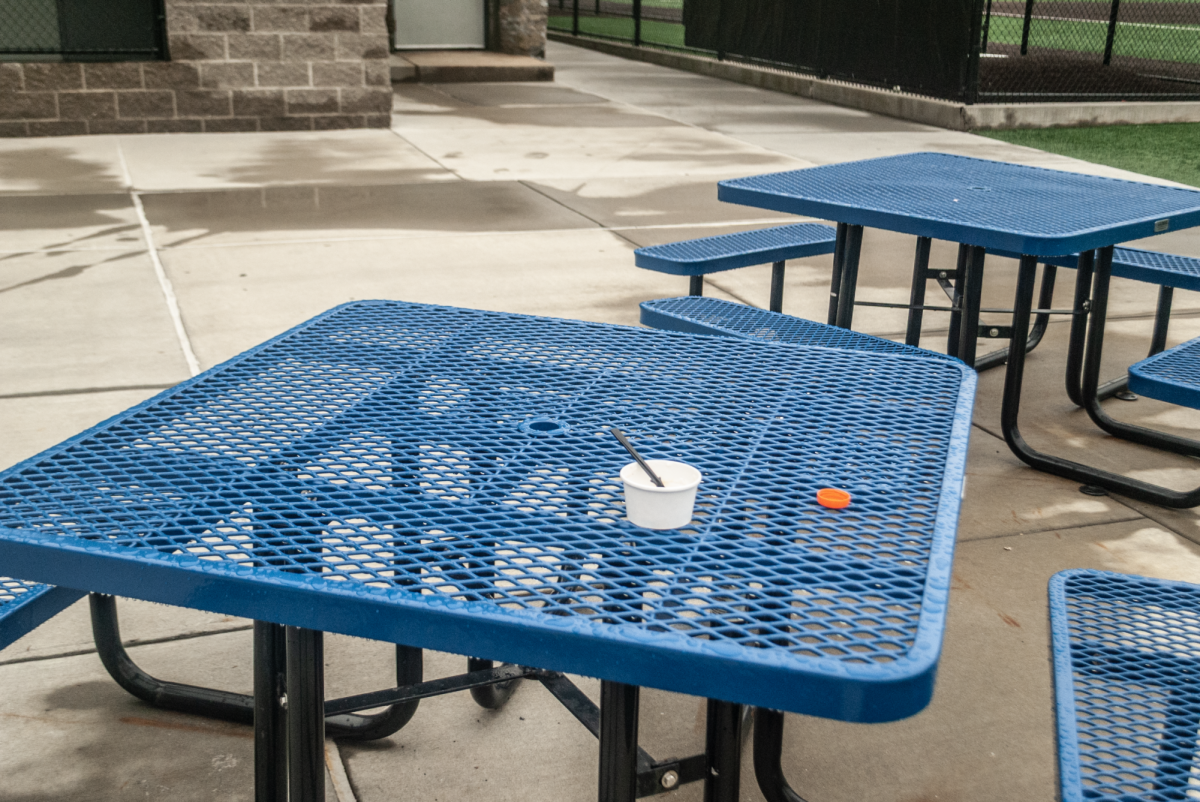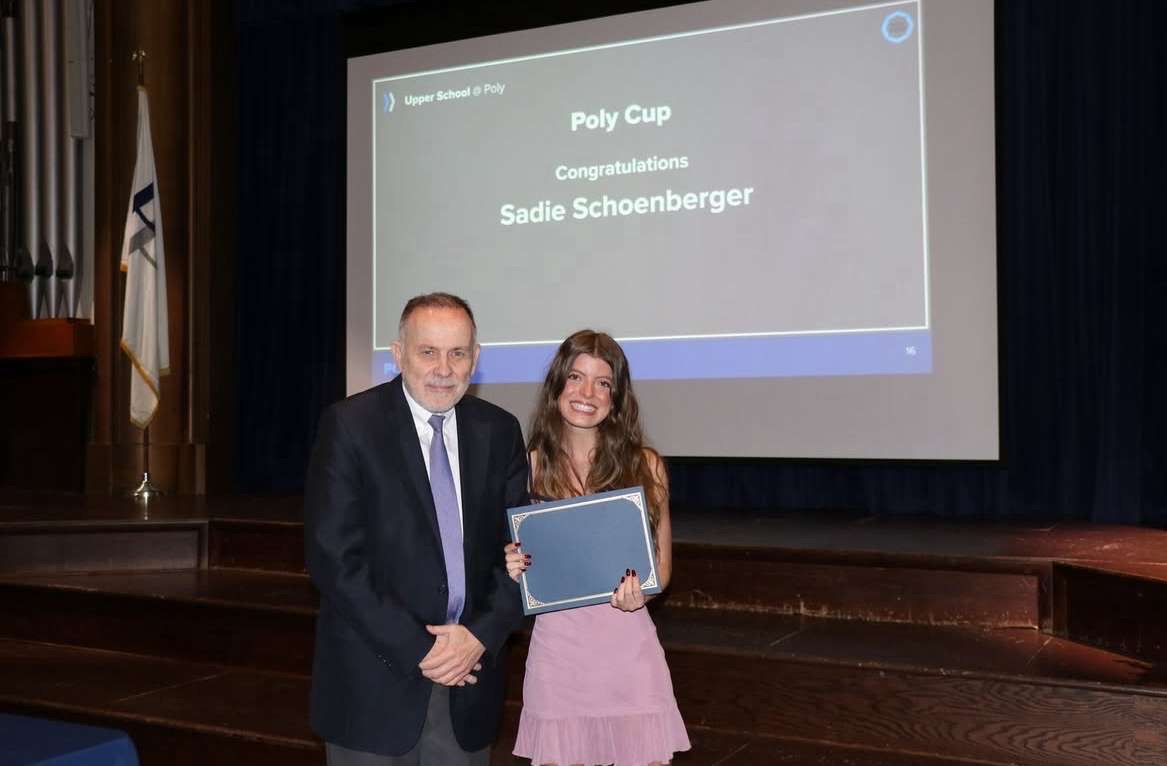The April 2024 solar eclipse was the first total eclipse visible from the United States since August 2017. Poly students were able to take time out of class to view the eclipse after listening to a presentation in the Chapel by Physics Teacher Joseph Fallica about the importance and significance of the solar eclipse.
On average, a total solar eclipse occurs every few years, visibility varying depending on the viewer’s location. A solar eclipse occurs when the moon blocks the sun from the Earth’s view, causing it to go dark for a few minutes. But, in order for a total eclipse to happen, there are many factors that come into play.
There are two planes that need to align for a total eclipse: the plane on which the Earth orbits the sun and the plane on which the moon orbits the Earth. On the Earth-moon plane, which is slightly inclined compared to the Earth-sun plane, there are two points opposite each other where the planes intersect, called nodes. During a solar eclipse, the moon must be at one of the two nodes.

When the moon is aligned with one of the two nodes and in front of the sun, the sun will cast a shadow onto Earth, allowing viewers to see what is known to be the solar eclipse. There are two types of eclipses possible at that point — total, which is what Poly students saw on April 8, and annular, which last occurred on October 13, 2023, though it was not visible from New York. The difference between the two is how close the moon is to the Earth. During the annular eclipse, the moon is at its furthest point from the Earth, causing the sun to not be fully covered, while during a total eclipse, the moon is at its closest point to Earth, fully covering the sun.
When asked about his personal experience and opinions on the eclipse, Fallica said that, although the eclipse was exactly as he expected, he wishes to have had “better emphasized what 90 percent coverage would look like to the group prior to going outside.” Fallica stated that he believes students expected to see complete darkness, explaining that “ten percent of the sun is still going to provide daylight, and so without the glasses, you won’t notice the eclipse happening”.
The next total solar eclipse will be on August 12, 2026, though it will only be visible from Russia, Greenland, Spain, and Iceland. The next to be visible from the United States will be on August 23, 2044. Although current students won’t be at Poly when it happens, hopefully they may still be able to enjoy it safely from wherever they are.


























